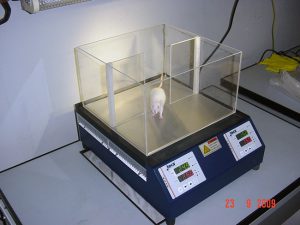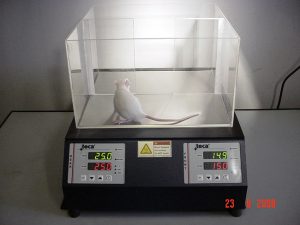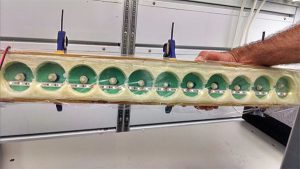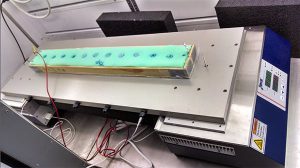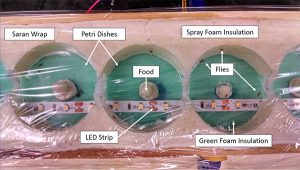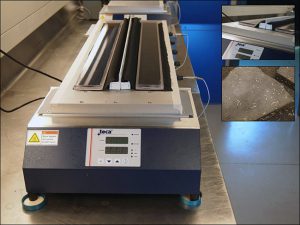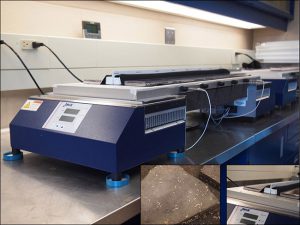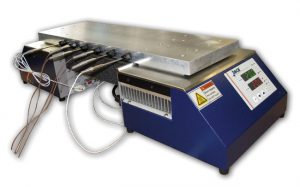Thermal Preference Test:
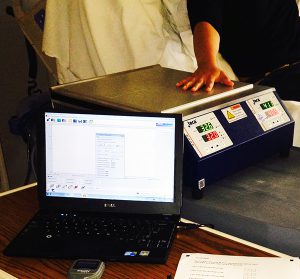
Pain Research
Using TECA’s Dual Cold/Hot Plate, a health psychology lab in a large university is conducting a study on the relationship between pain sensitivity and inflammation in human subjects.
The human subject places his or her hand on the surface of TECA’s AHP-1200DCP Dual Cold/Hot Plate for a period of time. Researchers are using set points between 52 °C and -4 °C and can utilize the included communications software to program ramp and soak profiles.
